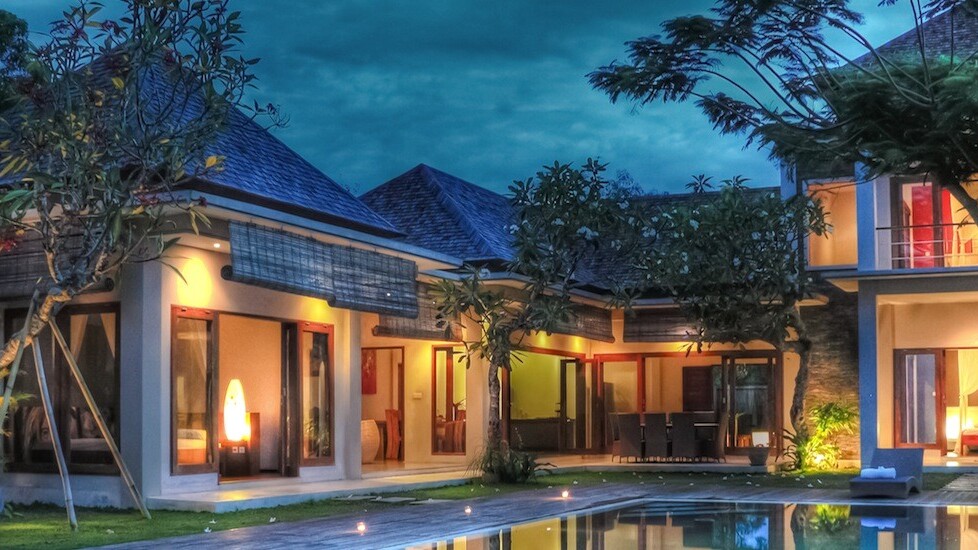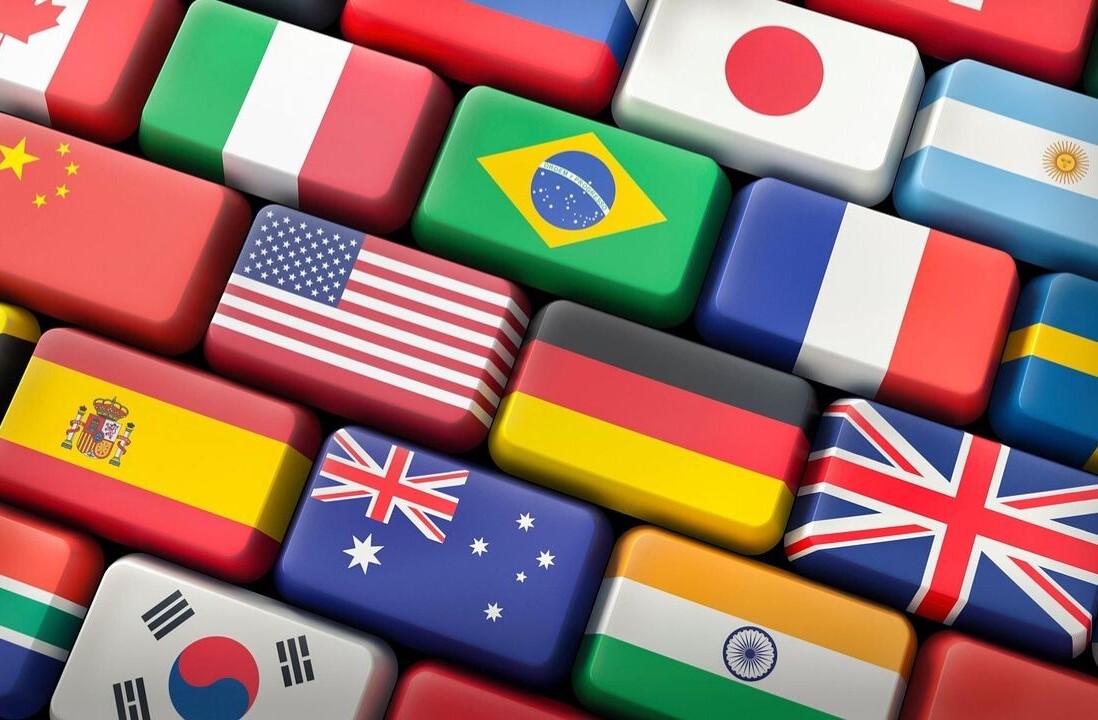
US vacation rental service HomeAway launched in 2005 for users to rent out their second homes, and now the company just announced a milestone of one million listings on its platform.
HomeAway was arguably a pioneer in the collaborative consumption economy even before most people heard of the term, and before Airbnb came onto the scene with its 2008 launch.
Recording faster growth in recent years
However, it was only in recent years that HomeAway has seen its growth pick up pace. The company hit 500,000 listings in the second half of 2010, a little more than five years after its launch, but it has taken one year less to double that number. HomeAway CEO Brian Sharples tells TNW that the launch of its pay-per-booking model in late 2013 saw an acceleration to nearly 30 percent growth per year, up from 10-15 percent per annum through 2012 and most of 2013.
The commission-based payment model takes a 10 percent commission for each booking, as an alternative to the traditional subscription model where owners pay an upfront fee for each booking. It is targeted at owners who rent six weeks or less and for people new to renting, who want to pay based on performance.
With HomeAway’s latest milestone, Sharples told TNW that the company is transitioning away from a period in which it was focused on building its technology platform and consolidating inventory, to placing more emphasis on making sure vacation rentals are as easy to find, book and stay in as a hotel. Part of its efforts will go to marketing “to highlight the benefits of staying in a vacation rental over a hotel,” Sharples said.
Tacking on value-added services
In line with this, Sharples revealed that in the “coming quarters” HomeAway will be releasing a new mobile platform for travelers that will provide them with much more information that just simply booking a vacation rental and leaving things at that. This means renters can easily get their hands on contact information, key codes, instructions about how to use equipment in the house, maps, and information about local restaurants and attractions.
The company’s new focus on providing more value-added services for its customers comes after it acquired a hospitality app, Glad to Have You, earlier this year, which was subsequently integrated into HomeAway’s platform.
The Glad to Have You app was designed to let owners and property managers reach out directly to their guests. This means owners can relay all relevant property information to their guests before their arrival, including check-in and check-out procedures through push notifications, door lock codes and WiFi passwords. After that, the app allows owners to remain in touch with their guest throughout their stay, providing recommendations and responding to service requests.

Other than the Glad to Have You acquisition, HomeAway has also been busy inking deals with companies in Asia — last year it bought Travelmob, an Airbnb-like holiday rental service in Southeast Asia, and just recently it took part (again) in a $100 million funding round for Chinese vacation rental site Tujia. Sharples told us that the company will continue to keep an eye out for potential companies to acquire, “particularly in new geographies where we don’t have as strong a presence as we’d like.”
Asia is a key market for HomeAway
Asia-Pacific is one region that HomeAway has its eye firmly set on, with Sharples saying that the company is “optimistic” about growth there. South America and Eastern Europe are two other regions that the company is targeting more activity in.
As the collaborative consumption trend continues heating up, HomeAway has a first-mover advantage and looks primed to continue its growth in vacation rentals, well on its way to millions more listings.
However, it can’t be denied that Airbnb is a key competitor, despite Sharples noting that they are pretty different in key areas. First of all, HomeAway’s inventory is primarily second homes, with many managed by professionals, while on Airbnb there are more primary residences. Secondly, the companies use different business models — HomeAway is free to travelers, while Airbnb charges a fee of between 8-12 percent.
Yet it wouldn’t be a surprise to see listings overlapping, and if HomeAway wants to keep a solid footing in the vacation rentals industry, beefing up its core product with more value-added services is a good move to take.
Headline image via Shutterstock
Get the TNW newsletter
Get the most important tech news in your inbox each week.
![3_Fork_LYP[1][3]](https://cdn0.tnwcdn.com/wp-content/blogs.dir/1/files/2013/10/3_Fork_LYP13-730x803.png)




